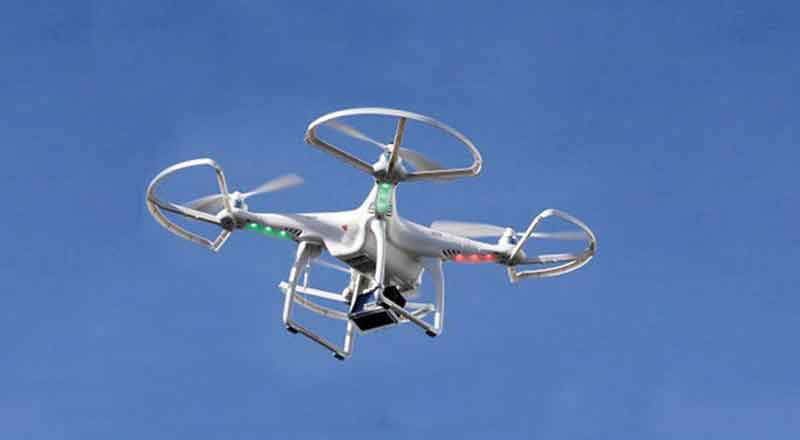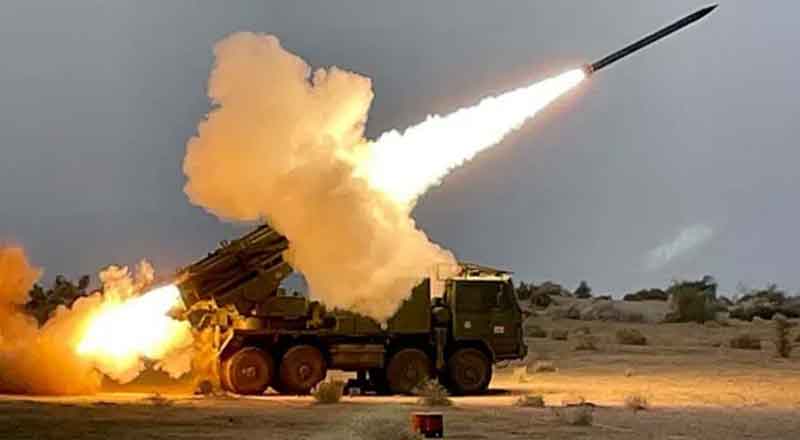- India in recent months has barred domestic manufacturers of military drones from using components made in China over concerns about security vulnerabilities.
- Indian military officials told potential bidders that equipment or subcomponents from “countries sharing land borders with India will not be acceptable for security reasons”
- The U.S. Congress in 2019 banned the Pentagon from buying or using drones and components made in China.
- India has set aside 1.6 trillion rupees ($19.77 billion) for military modernization in 2023-24, of which 75 per cent is reserved for domestic industry.
- Finance Minister Nirmala Sitharaman pledged in February that one-quarter of this year’s 232.6 billion rupees ($2.83 billion) budget for defence research and development would be for private industry.
India in recent months has barred domestic manufacturers of military drones from using components made in China over concerns about security vulnerabilities, according to four defence and industry officials and documents reviewed by a news agency.
The measure comes amid tensions between the nuclear-armed neighbours and as New Delhi pursues a military modernization that envisages greater use of unmanned quadcopters, long-endurance systems and other autonomous platforms.
But as the nascent Indian industry looks to meet the military’s needs, the defence and industry figures said India’s security leaders were worried that intelligence-gathering could be compromised by Chinese-made parts in drones’ communication functions, cameras, radio transmission and operating software.
Indian military officials told potential bidders that equipment or subcomponents from “countries sharing land borders with India will not be acceptable for security reasons”, according to minutes reviewed by The news agency. The minutes did not identify the military officials.
A senior defence official told the news agency the reference to neighbouring countries was a euphemism for China, adding that Indian industry had become dependent on the world’s second-largest economy despite concern about cyberattacks.
The U.S. Congress in 2019 banned the Pentagon from buying or using drones and components made in China.
Prime Minister Narendra Modi has sought to build India’s drone capability to thwart perceived threats, including from China, whose forces have clashed with Indian soldiers along their disputed border in recent years. India has set aside 1.6 trillion rupees ($19.77 billion) for military modernization in 2023-24, of which 75 per cent is reserved for domestic industry. But the ban on Chinese parts has raised the cost of making military drones locally by forcing manufacturers to source components elsewhere, government and industry experts said.
India relies on foreign manufacturers for both parts and entire systems as it lacks the know-how to make certain types of drones.
The platform, called Tapas, has met most requirements but needs further work to fulfil the military’s goal of a drone that can reach an operational altitude of 30,000 feet and remain airborne for 24 hours. Apart from Tapas, which is expected to begin military trials this month, ADE is working on a stealth unmanned platform and a High-Altitude Long Endurance platform, but both are years away.
To fill these gaps, India announced in June that it would buy 31 MQ-9 drones from the U.S. for over $3 billion. Finance Minister Nirmala Sitharaman pledged in February that one-quarter of this year’s 232.6 billion rupees ($2.83 billion) budget for defence research and development would be for private industry.
The senior defence official said India would need to accept higher costs to boost domestic manufacturing. “If today I buy equipment from China but I say I want to make it in India, the cost will go up 50 per cent,” he said. “We as a nation need to be ready to help the ecosystem build here.”
(With inputs from agencies)





